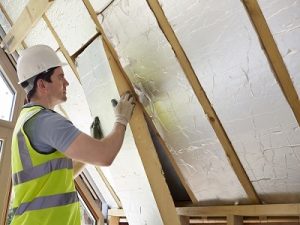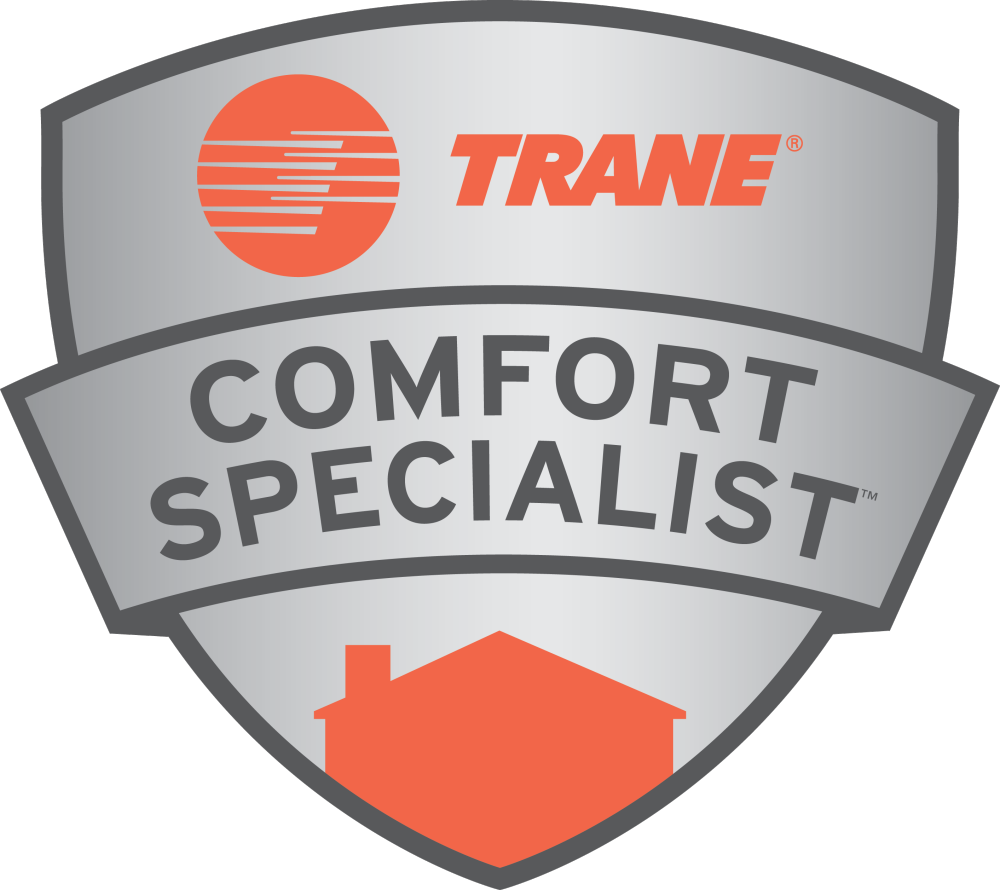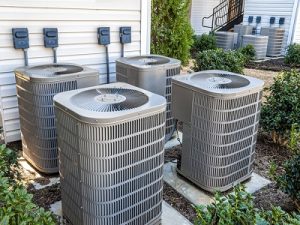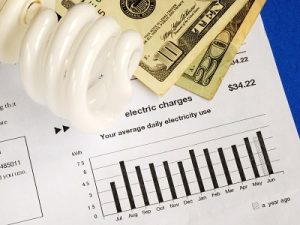 Energy effectiveness is crucial to reducing your energy expense nowadays, particularly in the winter season when you have to run your heating system. With the insulation choices nowadays, you should have no issue keeping the heat in your house to decrease your dependency on energy options. Insulation’s main function is to decrease the heat flowing into and out of your house. In the summertime, insulation keeps the outdoor heat from creeping inside while in the winter season, it traps heat inside the home to prevent it from leaving.
Energy effectiveness is crucial to reducing your energy expense nowadays, particularly in the winter season when you have to run your heating system. With the insulation choices nowadays, you should have no issue keeping the heat in your house to decrease your dependency on energy options. Insulation’s main function is to decrease the heat flowing into and out of your house. In the summertime, insulation keeps the outdoor heat from creeping inside while in the winter season, it traps heat inside the home to prevent it from leaving.
Choosing the ideal type of insulation and knowing just how much to use is essential. You need to know how it should be installed in the attic, walls, and ceilings as well as the foundation and floors of your home. When you can guarantee there are no air leaks in your home and add proper insulation, you can significantly minimize your energy bill and reliance on nonrenewable fuel sources.
Four Basic Kinds of Insulation
4 standard kinds of insulation exist: liquid foam, loose fill, stiff foam, and rolls or bats (blankets). The blanketed and loose fill is most often used in homes, especially in attics, in between flooring joists, in the walls, and in between rafters in the roof. Liquid foam is mainly utilized in walls as it is the best product to seal any potential air leakages and create an airtight home. Rigid foam resembles sheets of foam and is typically utilized in the out walls of a home and other outside applications.
When you choose the insulation for your house, there are several elements you must consider. First, will the insulation position be any danger to your household? Is it made up of products that are hazardous to the environment, particularly your house? Think about the long-term efficiency your insulation will offer. You want its insulating residential or commercial properties to last for several years.
If you already have insulation, however you are replacing it or including more, you must learn just how much is already there. Check the density of the insulation already present so that you can get an R-value from the home improvement store and choose whether you need to include more insulation and how much. The R-value varies depending upon where you live as well as exactly what heat pump you use: gas or electrical. Your goal is to strive for a greater R-value than what is needed by your location to guarantee optimum insulating properties.
You will notice in your insulation shopping that there is a range of products to choose from. Fiberglass is without a doubt the most popular in the rolls of insulation that you lay out but it is tough to deal with since the glass-like fibers can enter your skin. Special protective equipment is used when working with fiberglass. Cellulose, cotton, mineral wool, lamb’s wool, and recycled paper and material are also utilized as insulation.
Each type of insulation material has a different R-value so you must keep that in perspective when looking for not just the type of insulation but the product it is made from. Obviously, where you are utilizing the insulation is another mitigating factor in your choice. Call a heating contractor for more information on the most suitable insulation for your home.
In addition to checking your insulation, now is a good time of year to have your heat pump serviced for maximum efficiency. Call North Myrtle Beach Heating & Air today to schedule a time for one of our technicians to come out to your home and check out your heating system.
Like our Facebook page for more great info about HVAC services.
North Myrtle Beach Heating & Air
1001 2nd Ave N
North Myrtle Beach, SC 29582
843-399-3237
https://www.northmyrtlebeachheatingandair.com/
 Heating and cooling systems might not be at the forefront of your thoughts, but their importance becomes clear when they malfunction. When your heating or cooling system encounters issues, finding a trustworthy contractor becomes essential. This article will guide you in selecting the right heating and cooling contractor for your requirements.
Heating and cooling systems might not be at the forefront of your thoughts, but their importance becomes clear when they malfunction. When your heating or cooling system encounters issues, finding a trustworthy contractor becomes essential. This article will guide you in selecting the right heating and cooling contractor for your requirements.

 If you’re in need of heating and cooling repairs, you’ll want to hire the right contractor for the job. There are several factors to consider when hiring a
If you’re in need of heating and cooling repairs, you’ll want to hire the right contractor for the job. There are several factors to consider when hiring a  One of the largest expenses that North Myrtle Beach residents face right now is
One of the largest expenses that North Myrtle Beach residents face right now is  According to many
According to many  Energy effectiveness is crucial to reducing your energy expense nowadays, particularly in the winter season when you have to run your
Energy effectiveness is crucial to reducing your energy expense nowadays, particularly in the winter season when you have to run your  Each region in the United States has its own
Each region in the United States has its own  Despite regular maintenance and upkeep and regardless of how much you take care of your
Despite regular maintenance and upkeep and regardless of how much you take care of your  Your home should be warm and cozy in winter. While raising your thermostat can make your home warmer, it can also increase your energy bills. But there are ways you can heat your home without increasing your heating costs. These winter
Your home should be warm and cozy in winter. While raising your thermostat can make your home warmer, it can also increase your energy bills. But there are ways you can heat your home without increasing your heating costs. These winter  Winter can put a lot of strain on
Winter can put a lot of strain on  Now that everyone is feeling the holiday spirit, you might notice a little change in your household. Did your energy bill in the past few months look a little scarier than you anticipated? With all the festivities and exceptional food to be discovered this holiday season, it can be simple to forget that we consume a great deal of energy this time of year. You may wonder where all these came from. Well, it came from your
Now that everyone is feeling the holiday spirit, you might notice a little change in your household. Did your energy bill in the past few months look a little scarier than you anticipated? With all the festivities and exceptional food to be discovered this holiday season, it can be simple to forget that we consume a great deal of energy this time of year. You may wonder where all these came from. Well, it came from your